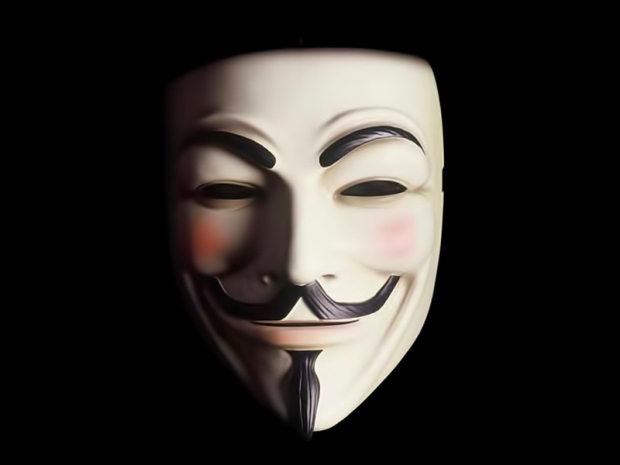‘The obscurest of the obscure, so obscure as to be a prodigy.’
Books

The art of freedom
Growing up, art, in the very conventional sense of the word, wasn’t a big part of my daily life. There were no paintings or sculptures on display in my family’s house, although most of our neighbours had the odd Crying Boy painting hanging on their living room walls.
At primary school (art was never part of our high school curriculum), art lessons consisted of trying to draw the prettiest picture using the brightest colours. The art teacher’s favourites were always those kids who had the “neatest” drawings; those who never dared to colour outside the line.
I didn’t grow up with a sense of looking at art as anything other than mere decoration. Sure, I read books about art, but these were mostly anecdotal: I knew that Van Gogh (pronounced with a guttural G) cut off his ear and I knew that Da Vinci secretly made use of human cadavers for his anatomical drawings. They never explained what made some representations ‘artistic’ and why others were, well, just pictures.
It wasn’t until I pursued what is essentially a liberal arts degree that I began to gain an understanding of art as being something more than just a pretty painting. I learned that art could be used not just to portray that which is beautiful in the world, but also that which is ugly. I learned that it was a powerful tool that could be used to express not just simple feelings like love or pain or sadness, but could also be used in the service of expressing a melange of the most complex thoughts, emotions and ideas we have as human beings.
I learned the visual medium was not the sole domain in which art could exist: music could also be art. As was drama, dance, literature and poetry. I learned that art didn’t just belong to those who could buy expensive paintings at fancy art galleries; it also belonged to every man, woman and child who’s ever appreciated the work of roadside sculptors, graffiti artists, street performers, praise singers and pantsula dancers.
I also learned that it was a dangerous profession. If you were an artist you could be among the most celebrated of your people, but also the most maligned. You could be awarded the highest honour in your field and at the same time have your work censored and banned; in some extreme cases your very life could come under threat.
Perhaps the most important thing I learned about art is just how vital it is in shaping a free society. This is why artists require artistic freedom and why censorship should never be allowed.
A free society is based on the principle that each and every individual has the right to decide what art he or she wants (or does not want) to receive or create. Once you allow the government to censor someone else, you cede to it the power to censor you, or something you like. Censorship is like poison gas: a powerful weapon that can harm you when the wind shifts.
Freedom of expression for ourselves requires freedom of expression for others. It is the very heart of our democracy.